
At least one authority, however, thinks that expensive running shoes are overrated and in fact may ultimately cause running injuries in people with normally functioning feet. Michael Yessis, Ph.D. writes in his book, titled "Explosive Running", that running shoes with their extra heel cushioning allow runners to strike the ground with their heel first rather than at the midfoot, increasing the force of impact and pronation. He also believes that the foot's supporting structures (bones, ligaments, tendons, and muscles) eventually weaken as the shoes do their job of protecting the foot.
Dr. Yessis claims that barefoot running may be the answer. Without shoes, runners are forced to land closer to the arch on the mid-foot rather than the heel, dramatically reducing impact. Without the support that a running shoe provides, barefoot running also strengthens the foot by allowing it to function the way it's supposed to.
Common sense tells you not to start leaving your shoes at home every time you head out for a run.Barefoot running must be introduced gradually. Start by finding a smooth stretch of grass to jog on, maybe 4 or 5 minutes twice a week. Jogging without shoes, you'll notice immediately what Dr. Yessis is talking about when he says you will not want to land heel first. Keep the pace very slow and relaxing. Over time I recommend adding a couple of minutes a week as your feet become stronger. Focus on how your feet land while running barefoot, then practice carrying that technique over to the roads with shoes on. Before long you'll notice your foot plant changing as you get away from striking heel first. I like to jog a barefoot cool-down following intervals.
Barefoot running is not recommended as a cure for heel or other foot pain - you're likely to make the problem worse. However, a couple of 20 minute barefoot jogs a week may be a good preventive measure for a healthy runner looking for a different way to improve.
In 2001, the tiny nation of Kenya produced 300 different athletes (including one female) that broke 2 hr and 20 minutes in the marathon. That year only 20 Americans were able to run that fast. Besides their intense training schedules, a not so obvious difference is that Kenyans typically spend their entire childhood running barefoot. Their feet are strong and they learn to run the correct way at a very young age.
- www.betterhealth.vic.gov.au/health/healthyliving/Choosing-the-right-shoe
- www.betterhealth.vic.gov.au/health/healthyliving/childrens-feet-and-shoes
- Photo courtesy of Ramon Duran by Flickr: www.flickr.com/photos/ramonduran/5704886122/
- written by Dave Elger, co-owner of the Wasatch Altitude Training Center, Mountain Green, Utah


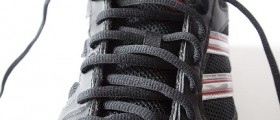
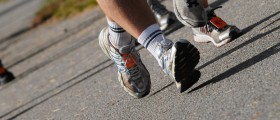
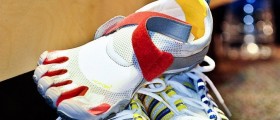
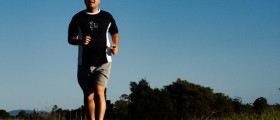
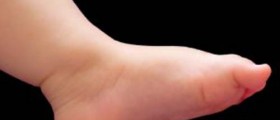
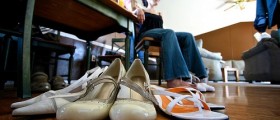

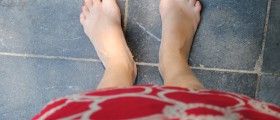
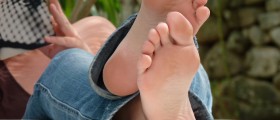
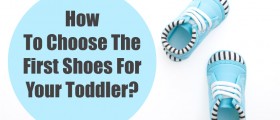

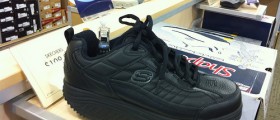
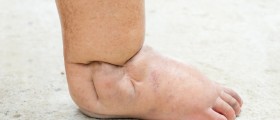
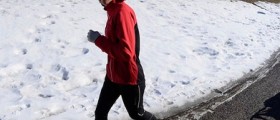
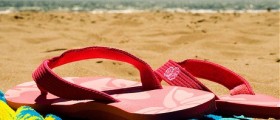
Your thoughts on this
Loading...